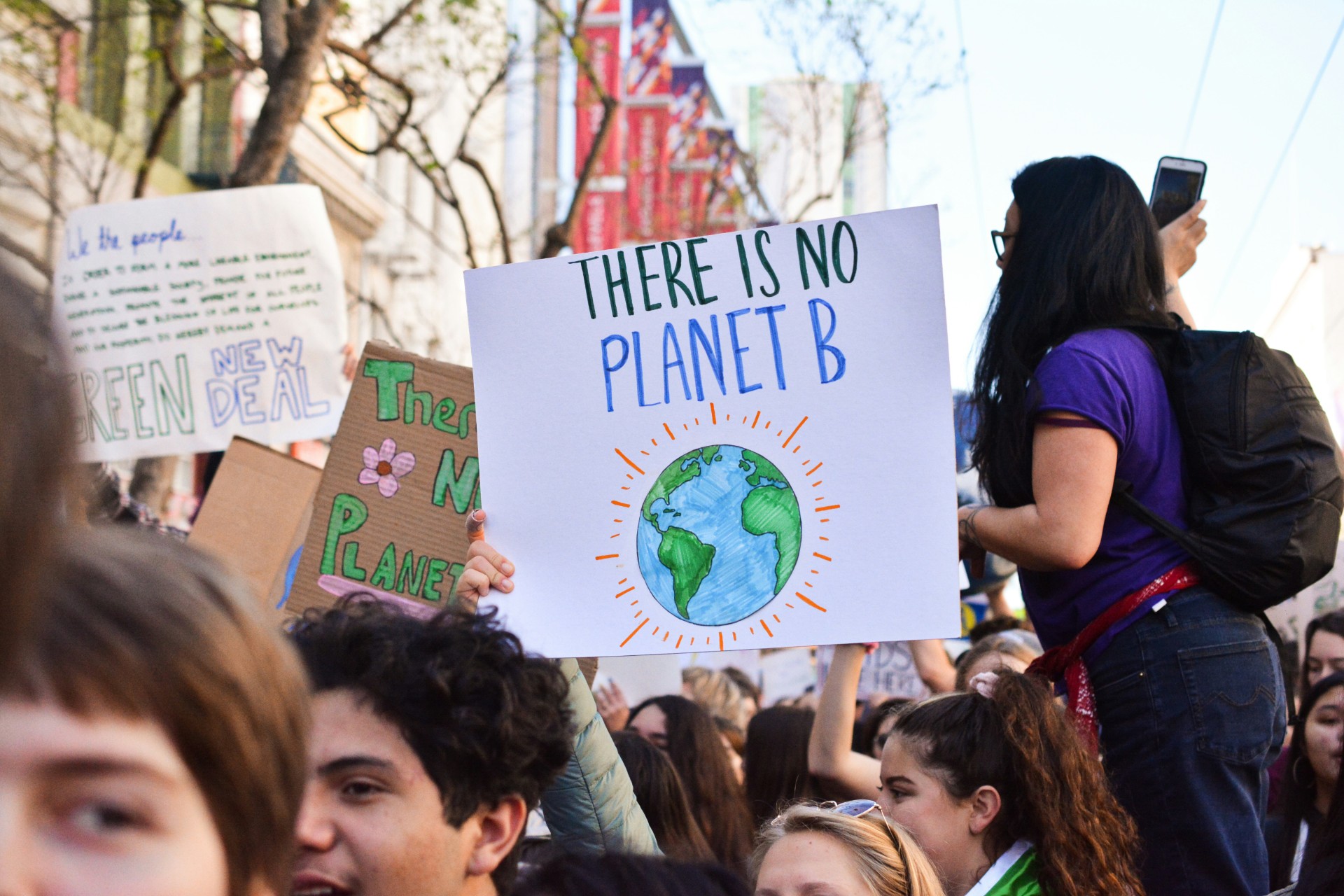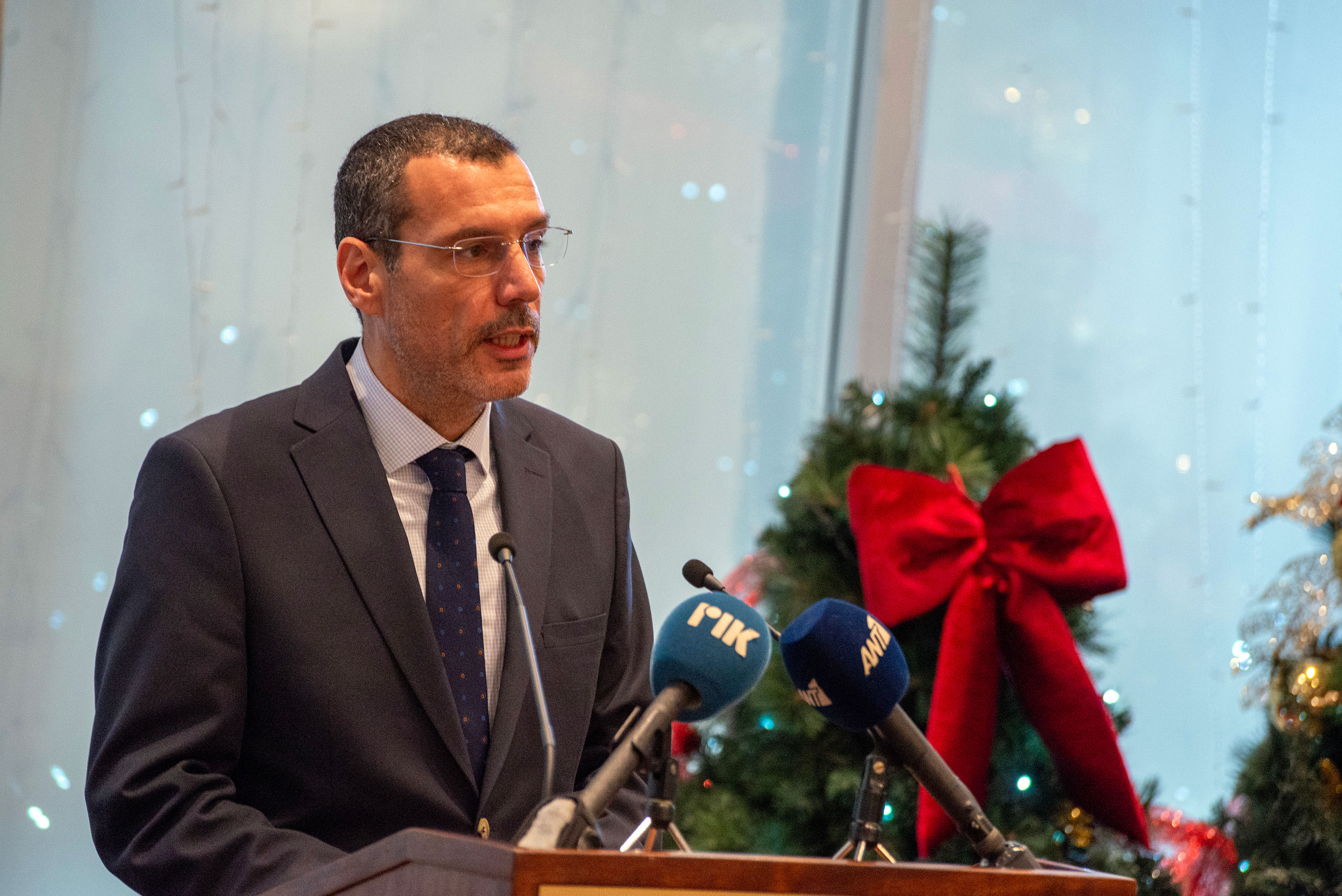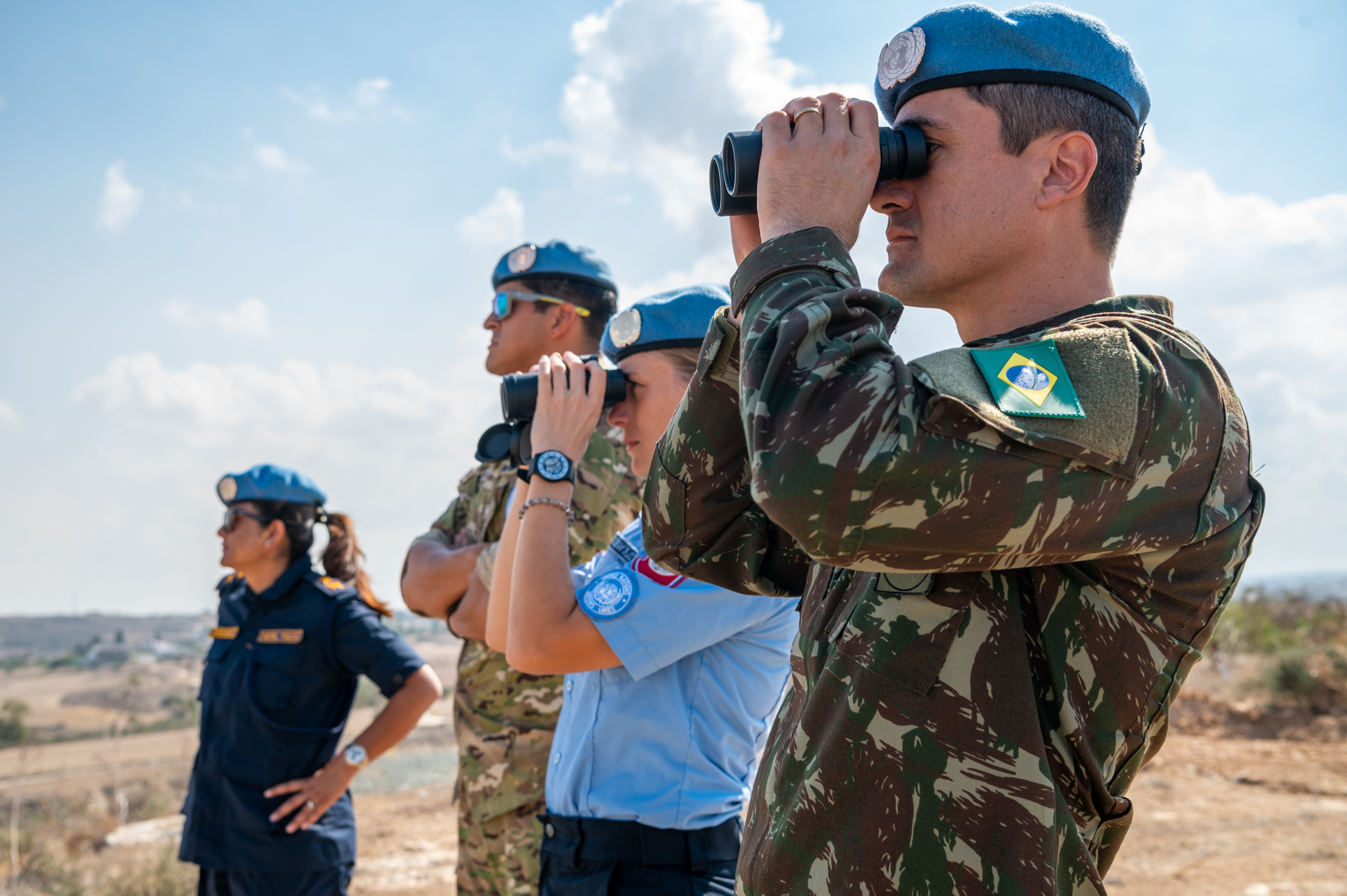By Tatiana der Avedissian
Climate and gender are not generally treated as related issues – yet they are. Climate change most harshly affects those living in extreme poverty, and these are mostly women based on the findings of research from the World Bank. Moreover, climate change will further add to the disproportion of women in extreme poverty – a vicious cycle. According to UN Women, an official UN agency which strives to achieve gender equality and the empowerment of women and girls globally, “climate change is set to leave 236 million more women and girls hungry by 2030, twice as many as men (131 million).”
A case in point is the extreme flooding this April-May in Brazil’s Rio Grande do Sul, which killed 126 people, displaced over 600,000, created a health emergency and food shortage, destroyed critical infrastructure, harmed livelihoods and is preventing children from attending school. Women will be disproportionately impacted by this disaster, just as during Hurricane Maria in Puerto Rico in 2017.
Women do not have the same access as men to resources or finances, rarely have decision-making power at the local or national level, and tend to be the poorest in their communities, yet they also carry the main burden of responsibility for managing a home. That means dealing with healthcare emergencies, population displacement, and economic distress.
Much of the impact on women is indirect, and therefore perhaps not obvious. The International Planned Parenthood Federation and Gestos recently released a statement following a large number of sexual abuse cases reported by women, all of them under the age of 18, displaced by the floods who are currently living in shelters. A 2022 study showed that as extreme weather occurrences become more frequent due to climate change, victims of disasters like Hurricane Katrina face increased gender-based violence and intimidation.
The public should be educated about the interconnection between gender and climate, and governments should be encouraged to develop policies addressing the unequal effects of climate change on women.
That’s why the term “climate justice” has become increasingly prevalent over the last decade amid efforts to amplify the voices of women, youth and broader civil society, especially in low-middle income countries where the effects of extreme heat, like that seen in the Sahel region of Africa in April this year, and unusually heavy rainfall are becoming more frequent. The term suggests recognition of the urgent need for fairer climate policies to support the countries and populations at most risk, and the importance of inclusivity. We need to ensure all stakeholders have a seat at the table and that their voices are heard.
Yet even though females are most affected, we lack anything near proportionate female leadership in all these areas. Women should be proportionately represented in all areas of decision-making, from a local to national and international level. They must be seated at the negotiating table.
This week the G7, a group representing the world’s advanced democracies which also are responsible for 21% of total greenhouse gas (GHG) emissions, are meeting for the annual summit in Italy to address global issues, and climate justice should be placed as a key priority for policy actions by the G7. Ahead of the summit, many of the G7’s engagement groups put forth recommendations for the leaders to adopt into policy including the Women 7 (W7). The W7 assembled an intergenerational group of advisors (including me) from 42 countries to help shape policy recommendations for the G7 on several gender-related issues including climate justice.
We highlighted five areas for action under climate justice:
- Ensure all environment-related commitments include women-focused targets and reflect existing international treaties and frameworks that address gender equality
- Make climate finance funds accessible to organisations supporting women and girls by restructuring the way these funds are distributed so local communities can directly benefit from them
- Transition away from fossil fuels and reinvest the money into women, clean technologies, upskilling and education
- Build and strengthen disaster risk reduction and preparedness (DRR) capacity by supporting local community resilience so they can mitigate the risks associated to extreme weather events
- Include a gender lens when addressing the intersection between conflict and climate change, including the impact on refugees, migrants, and internally displaced persons
It would be hugely important for the G7 nations to focus on this issue, because there is a history of other countries following their lead.
It might also help reorient global policies on climate change in a more helpful direction – because, somewhat under the radar, climate negotiations are at risk not only of being taken over by corporate lobby groups such as the fossil fuels industry, but also, and perhaps mainly, to be unduly influenced by authoritarian regimes that are trying to maintain business as usual.
Indeed, this year’s COP summit is being held in such a country, Azerbaijan, as were other recent meetings. It would be much better for climate negotiations to be hosted in free and democratic countries because civil society, which can be censored and restricted in despotic countries, is very often the source of ideas and action.
Let’s start, then, with the G7 adopting the W7 recommendations. For too long women have been ignored in what should be an inclusive effort to address the major challenge now facing our planet.
Tatiana is a communications and sustainability expert and advisor. She is head of business development for Economist Impact’s World Ocean Initiative and serves on the board of several non-profit organisations including Alkionides UK, The Armenian Institute, Harvard Kennedy School Women’s Alumni Network and The Armenia Project.







Click here to change your cookie preferences